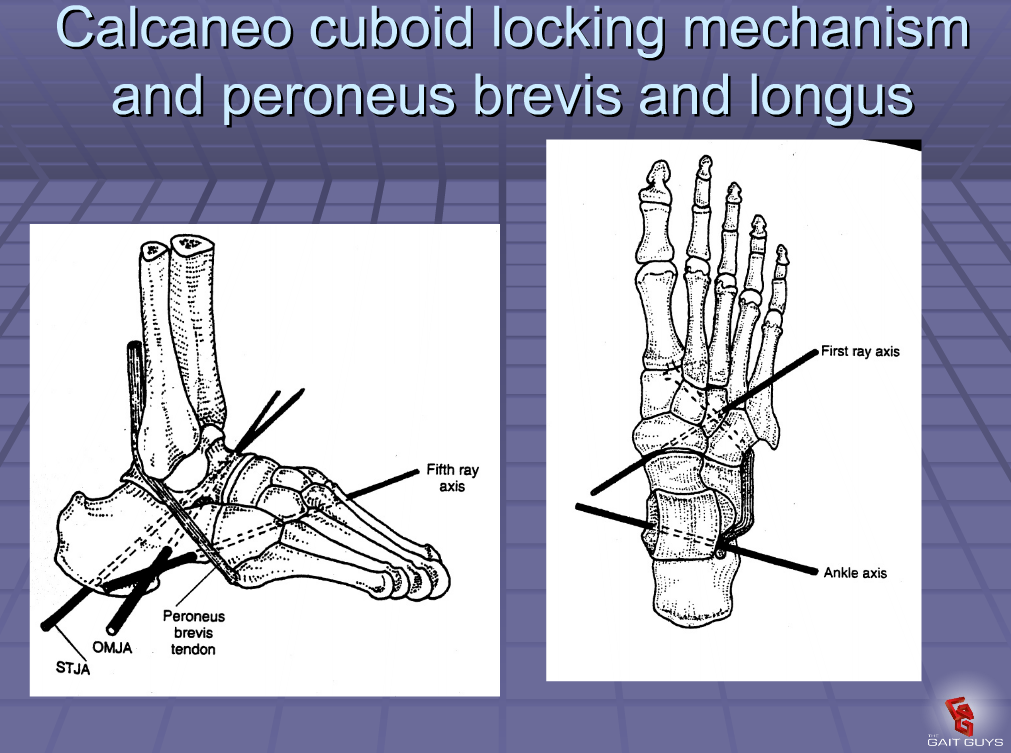Is there a need for "Gait Retraining'?...We think so
/Some hip OA patients walk the way they do because of pain, actually most do because of the pain. In doing so, they alter loading patterns. As we discussed last week in podcast 161 (Central Pattern Generators) over time this re-wires a central pattern generator, and we get new automated plastic loops of neurologic recruitment. If hip OA patients in pain can do this, so can you, in fact you will. In fact, you already have in many ways if you are a few decades into your life.
“This study below (3) documents alterations in hip kinematics and kinetics resulting in decreased hip loading in patients with hip OA. The results suggested that patients altered their gait to increase medio-lateral stability, thereby decreasing demand on the hip abductors. These findings support discharge of abductor muscles that may bear clinical relevance of tailored rehabilitation targeting hip abductor muscles strengthening and gait retraining.”
There seems to be some controversy with regards to gait retraining. Some folks seem to believe that it should be “left to itself” and they are fully compensated already (1). Perhaps this is true…or not. We have not seen any studies that compare gait retraining vs non gait retraining as a whole, but there seems to be plenty for specific conditions (2). We all see folks AFTER THE FACT and seek to correct the problems and reverse, halt or slow the progression of further pathology. That seems to be what many of us do.
There is substantial evidence that hip pathomechanics lead to osteoarthritis (4, 5). Wouldn’t it make sense to assist in altering motor patterns and correct those biomechanical faults before it becomes a problem? Lets change our focus (if we haven’t already) and concentrate on skill, endurance and strength, in that order for the betterment of ourselves, our patients and humanity.
Meyer CAG, Wesseling M, Corten K, Nieuwenhuys A, Monari D5, Simon JP, Jonkers I, Desloovere K. Hip movement pathomechanics of patients with hip osteoarthritis aim at reducing hip joint loading on the osteoarthritic side. Gait Posture. 2018 Jan;59:11-17. doi: 10.1016/j.gaitpost.2017.09.020. Epub 2017 Sep 22.
image source: https://commons.wikimedia.org/wiki/File:Severe_(Tönnis_grade_3)_osteoarthritis_of_the_hip.jpg
full references, links to free full text on the blog: https://www.thegaitguys.com/thedailyblog/2018/9/12/is-there-a-need-for-gait-retrainingwe-think-so


























